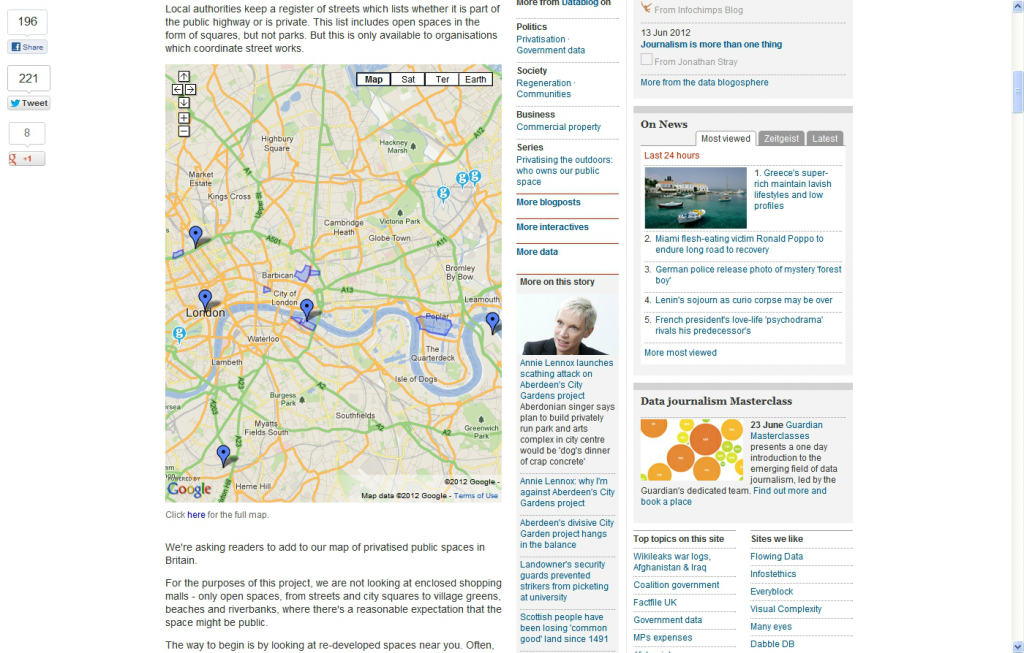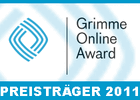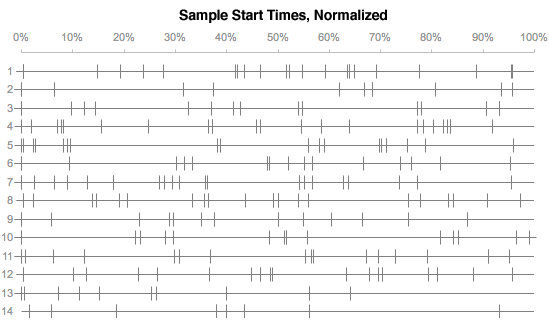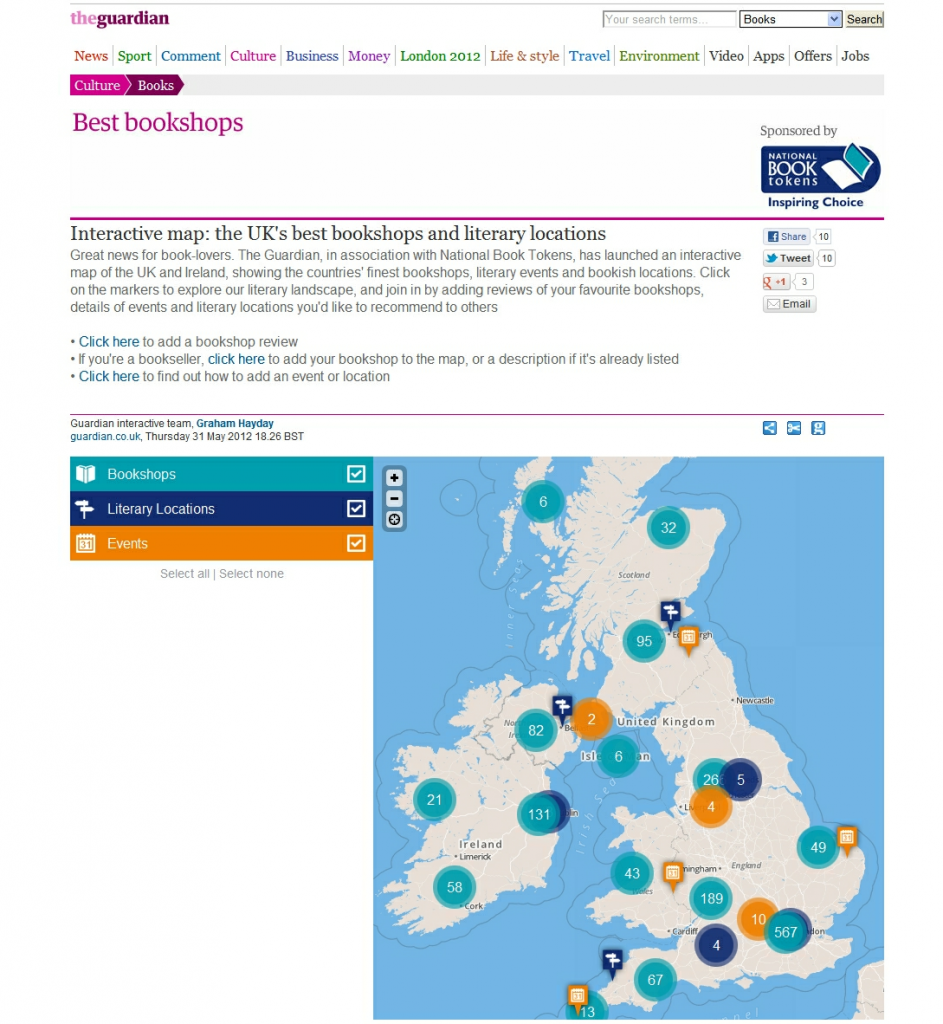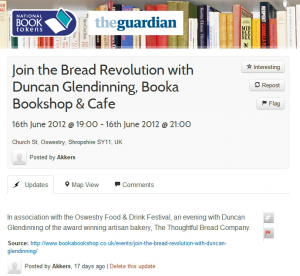Platform strategy or more specifically API strategy is a very effective starting point from which to debate the many flavors and degrees of ‘open’ that play out on the Internet.
For me, the open API debate is all about catering to the means of production.
Developers want data to be hosted by machines at some URL that they don’t have to worry about. When they are building things, they like the data output from those sources to be structured in clean formats and easy to obtain in different ways.
Give them good materials to build with and maintain low overheads. Â They will build better things as a result. Â Your costs go down. Â Your output and your ceiling of opportunity go up. Â It’s that simple really.
Of course, there are certainly many nuances.
When Mathew Ingram of GigaOm recently posed the challenge that Twitter and NYT face a similar business model issue around openness he was right to point out the difference between NYT and the Guardian’s approaches to APIs.
The New York Times has experimented with open APIs, which give outside developers access to its data for use in third-party services or features…But the traditional media player that has taken this idea the furthest is The Guardian newspaper in Britain — which launched an “open platform†project in 2010, offering all of its data to outside developers through an API. Doing this has been a core part of Editor-in-Chief Alan Rusbridger’s concept of “open journalism.â€
It’s useful to have an example of where an open API creates value. Â The Guardian Facebook app is a good example both in terms of innovation with partners but also in terms of real commercial value.
The concept for the app had already been explored months before Facebook announced seamless sharing.  Michael Brunton-Spall, Lisa van Gelder and Graham Tackley built a clever app they called Social Guardian at a Hack Day.
When FB then gave us the opportunity to build something for their launch, we obviously took it. Â The app was built by a 3rd party in record time, and it subsequently took off like a rocket.
As we all know, Facebook adjusted their algorithm and tempered the explosive growth, but it should be considered a success by any measure.  It was built quickly and executed well.  It cost us very little. Users adopted it very quickly.  It generated huge buzz for our brand and introduced the Guardian to a whole new audience we weren’t reaching.
 It also drove dramatic traffic levels back to the Guardian web site which we then turned into advertising revenue for the business.
It also drove dramatic traffic levels back to the Guardian web site which we then turned into advertising revenue for the business.
Low cost. High adoption rate. Innovative. Revenue generating. Â What else could you ask for?
It’s a solid example of the generative media strategy I was trying to articulate a while back.
Martin Belam posted a detailed case study of the app here and here.
However, while we’ve pushed the envelope on openness and commercial leverage for APIs in the newspaper world, there are other API pure play businesses like NewsCred who have expressed the open API strategy for content in an even more complete form.
They are a content API warehouse. As a developer, if you are working on a digital product that could use some high quality articles or video from brand name media sources then you would be wise to browse the NewsCred catalog.
But NewsCred doesn’t allow just anyone to drop a feed of content directly into their platform. They want to curate relationships with their sources and their API customers…they make money being in the middle.
What’s the trajectory on the sliding scale of open APIs?
There was an interesting marketplace forming several years ago around similar types of businesses we’re seeing today that never completely catalyzed.  It might be instructive to look at that space with fresh eyes.
The blog, RSS feed and personal start page triple play was a perfect storm of networked information innovation in 2004 or so. Several companies including Twitter CEO Dick Costolo’s company did very well executing an open platform strategy and exiting at the right moment.
Today the new blog includes context in addition to words and pictures. RSS feeds evolved into APIs. And personal start pages learned to listen to our behaviors.
The killer open strategy now would be one that can unify those forces into a self-reinforcing amplifier.
Arguably, Facebook already did that, but they’ve applied a portal-like layer to the idea creating a destination instead of an ecosystem. Â They are also using personal connections as the glue that brings out the best in these 3 things.
That is only one approach to this space. Â Another approach is to do one of those things really really well.
Twitter, Tumblr and WordPress are doing great on the creation side, but they need to keep an eye on open participation platforms that marry context with content. Mass market API activity is nascent but bound to explode again given how important APIs are for developers. FlipBoard and some newcomers are reinventing the old idea of automated aggregation through better packaging and smarter recommendation algorithms.
Enter the business model question.
One thing I’ve learned to appreciate since joining the Guardian 4 years ago now is the value of the long game. Â The long game forces you to think about what value you create for your customers more than what value you take from your customers.
Of course, going long should never be mistaken for being slow. Marathon runners can still do a sub 5 minute mile.
As I recently said about the WordPress strategy of generosity, the value you create in the market will then come back in the form of stronger ties and meaningful relationships with partners who can help you make money.
The open debate often gets ruined at this point in the argument by those who only think of success in terms of quarterly P&Ls. That’s fine and totally understandable. That matters, too…massively. But it’s not everything. And it’s as big of a mistake to focus only on P&L as it is to focus only on the long term.
I once got some brilliant advice from my former boss at The Industry Standard Europe, Neil Thackray, who said to me when I was struggling to work out what my next move was going to be after that business failed.
He said, “what are you going to tell the grandkids you did during the war?”
It’s a great way of looking at this problem.
The battle we’re all fighting in the news business is how to make the P&L work.  We will win that battle with hard work, creativity, and perseverance.
But the war we’re all fighting in the news business is about securing the long term viability of journalism or a journalism-like force in the world that can hold power to account and amplify the voices of people that need to be heard.
Profit is one force that can secure that future. Â But profit is not the goal itself. Â Nor is the success of one media brand at the expense of another.
I’m also of the opinion that Twitter has made a long term mistake by prioritizing advertising on their client experiences over the value of their partner ecosystem. Â But it’s easy to have that opinion from outside their board room, and perhaps advertising will make them a stronger force for good than they would have been as a pure platform service.
Similarly, NYT is using their APIs to improve innovation within the business. Effectively, the Guardian is doing the same except that it views the success of its business through the eyes of its partners in addition to itself.
Is that ‘more open’, as Mathew asks?
Who cares?
Is the NYT form of an open API helping them secure a future for the effects of journalism in the world?
If the answer to that question is ‘yes’, then the degree of openness compared to others is totally irrelevant.
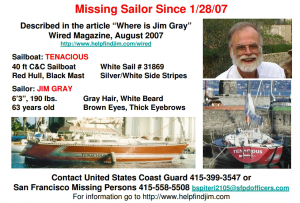
![medium_jimgrayamazon[1]](http://www.mattmcalister.com/blog/wp-content/uploads/2012/06/medium_jimgrayamazon1.jpg)
